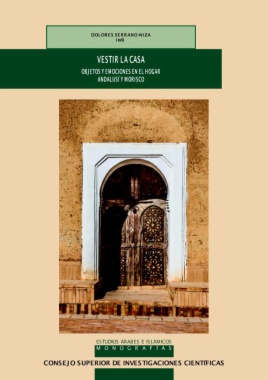

Este volumen reúne siete contribuciones en las que se analiza la manera en que la vida y la arquitectura se imbrican en el espacio doméstico, en el marco del proyecto de investigación «De puertas para adentro: vida y distribución de espacios en la arquitectura doméstica (siglos XV-XVI). Vida y Arquitectura (VIDARQ)». Las autoras participantes se propusieron partir del 'objeto' para llegar a la exploración del 'sujeto' (y sus emociones) que habita las viviendas, dentro del marco cronológico de al-Andalus del siglo XV y su comparativa con los contextos mudéjares y moriscos posteriores. Dicho estudio, realizado desde la interdisciplinariedad, ha incorporado nuevas lecturas de fuentes árabes, que se harán ahora con perspectiva de género, y ha llevado a cabo un análisis de la cultura material desde las diferentes disciplinas, junto con la investigación en fuentes no árabes, complementando así los resultados. De esta manera, partiendo del interior doméstico y sus objetos, se han explorado, hasta intentar su reconstrucción, los interiores de las casas. Un recorrido en el que se ratifica tanto que los objetos domésticos son informantes de primera magnitud sobre las maneras de habitar una casa, como que esta es un mundo de emociones y afectos a la espera de ser indagados. Por eso, en este libro deambulan los personajes, los objetos y sus palabras, los testimonios y los afectos. Todos ellos forman un hilo conductor donde podrá apreciarse cómo, en cada texto, se abre la puerta a las emociones y cómo esa puerta ha quedado abierta a futuros trabajos.